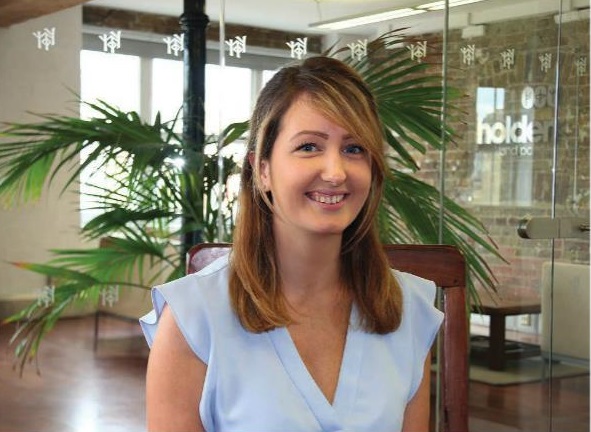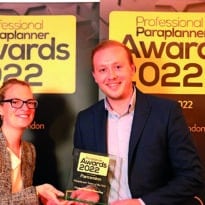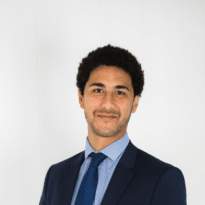The best part of being a paraplanner is the client contact and the worst, having to get tough with product providers, Hannah Smith tells editor Rob Kingsbury
Hannah Smith left school at 18, after her A-Levels, knowing she wanted to be a financial adviser. “I knew people in the financial services industry so I knew about financial advisers and what really attracted me was the client facing aspect of the role, as well as the challenge of finding the most appropriate plan for a client,” she says.
What she didn’t know about was paraplanning. To get into financial services she started work as an administrator with Royal Bank of Scotland in her home city of Bristol and also started to work towards the qualifications she would need in order to achieve her long-term goal. She now has the Certificate and Diploma in Financial Planning and Advance paper AF3, with a view to becoming chartered within two years.
“But it was while I was working at RBS and mixing with people in the industry that I came across the term paraplanner,” Hannah says. RBS didn’t have a paraplanning role into which she could transfer so in 2009 she made the move to local IFA firm Chartwell and then to London as a paraplanner with John Lamb, in Southwark, in 2012 and from there to Holden & Partners, in Farringdon, the following year. When we meet she is in her last week at the company having secured a paraplanning role at Saunderson House, based in the Barbican.
Already she has seen the different ways in which firms work and the variations in what they want from their paraplanners. “I’ve had a role where we were very much involved in everything; so we’d do the admin, the research and the paraplanning.
At Holden and Partners we have dedicated administrators, who offer us a lot of support, and a central investment team, who do the investment research. So they will put together a white list of recommended funds and also model portfolios, which have risk levels and yield requirements, as well as some with ethical preferences, which they will review on a quarterly basis in terms of asset allocation and the underlying investments. It’s all done in-house and having the team there means that, as paraplanners, we can spend the majority of our time on the planning and report writing side of the role,” she says. Hannah believes having that dedicated investment team makes sense. “It means they are really focused on what they do, the investment research, and we are focused on what we need to do, which is the processes and the report writing.”
Job satisfaction
Asked about the aspect of paraplanning that she really enjoys, perhaps notsurprisingly for someone who has ambitions to be an adviser, Hannah says it is the fact-finding process and client-facing work. “Getting to know the client and their circumstances and what their ambitions are and what they want out of life and the trying to find solutions for them to achieve that, is what I like the most about the job,” she says. “Then turning that into a comprehensive report that is really accessible.
As paraplanners it’s very important that we are able to break things down so they are client friendly. I think that a lot of advisers struggle with that because they are so technically minded, and this is where paraplanners can really help to make everything understandable for the client.”
While Hannah has been attending an average of one client meeting a week, she would like to attend more. She believes doing so can be a serious benefit for paraplanners, and their firms, and says she would recommend to any paraplanner that they try to get involved in client meetings wherever possible. “Just how many client meetings I can attend often is restricted by my workload but I find them really useful,” she says. “In the client meeting I usually sit and take notes and occasionally the adviser will ask me for input on something technical. To my mind it’s much better to meet people because then you can put a face to a name and get to know the person in more detail. Also, you come out of the meeting with your own brief, because you have been there and you’ve heard about all the circumstances and objectives, whereas sometimes an adviser can leave out some of those things from the meeting notes. Being in the meeting means you have a full background before you even start writing the report, which can make things a lot easier.”
She has a similar enthusiasm for cashflow modelling, demonstrations of which have convinced her that it should be part of any financial planning process. “It’s such an important tool in showing the client how long their money will last,” she says. “I think all too often people don’t plan ahead enough and having that tool just makes it so easy to show them what could happen and what they need to do and how their lives could be so much better if they structured their planning with that information to hand. The results that are shown by the modelling can have a significant effect on the choices they make and the advice that is given. “Over time, as more and more people start to use this kind of software, I think cashflow modelling will become the norm in all adviser firms,” she says.
Page: 1 2





























